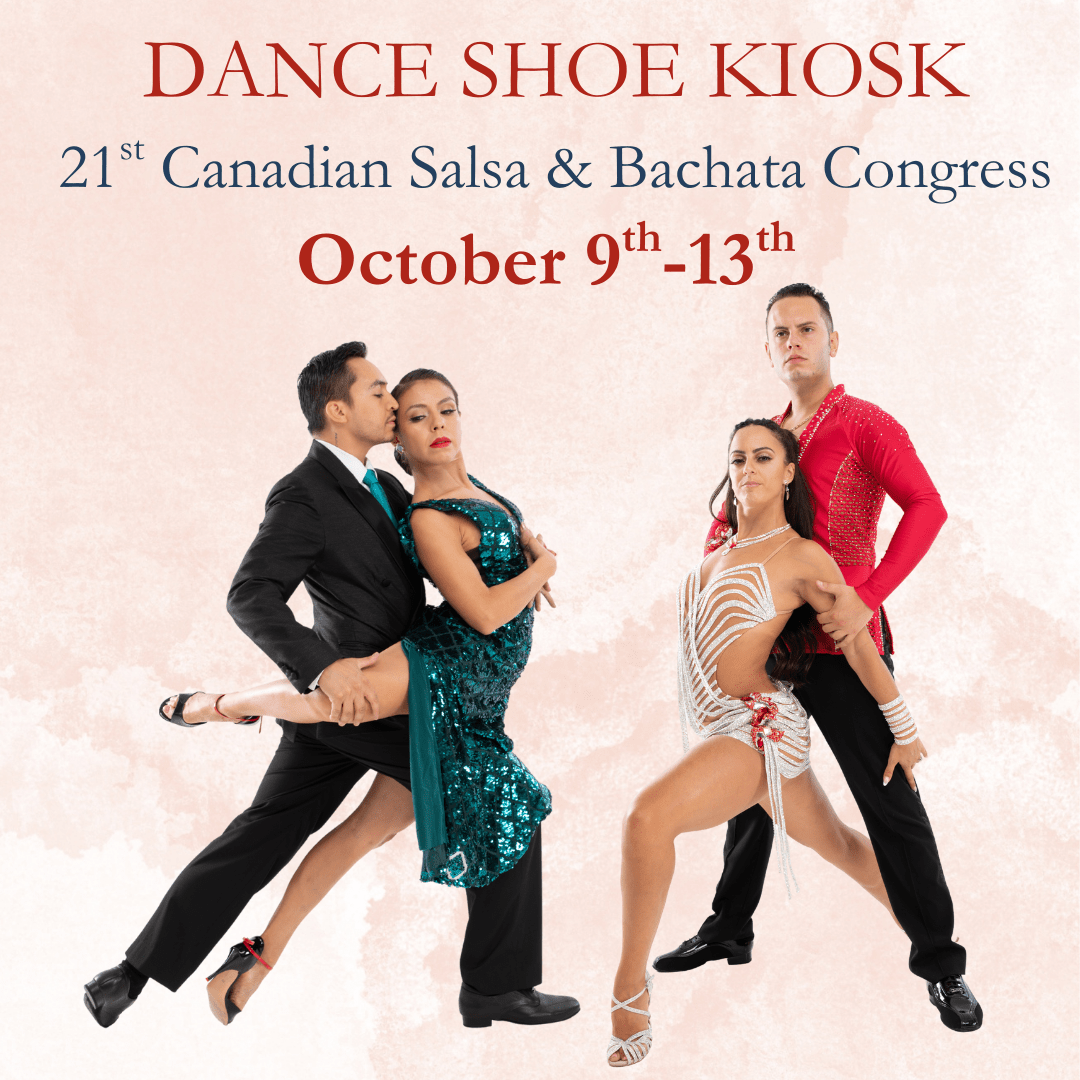Styles of Tango and Their Passionate Origins
ARGENTINE TANGO
Argentina is the undeniable heartland of Tango. Born in the late 19th century in the vibrant, gritty neighborhoods of Buenos Aires, Tango emerged from a melting pot of cultures and traditions. Immigrants from Europe, freed African slaves, and the native populations all contributed to this unique dance. The music and dance reflect a blend of African candombe rhythms, European melodies, and indigenous influences.
Tango’s initial reputation was somewhat scandalous, as it was often danced in the bars and brothels of Buenos Aires. The close embrace and the sensual movements shocked the upper classes. Yet, it quickly transcended these humble beginnings, captivating people from all walks of life with its deep emotional expression and improvisational style. The music, often melancholic and dramatic, features the bandoneón, violins, and piano, creating an atmosphere of intense intimacy and longing.
BALLROOM TANGO
When Tango crossed the Atlantic to Europe in the early 20th century, it underwent a significant transformation. The European adaptation of Tango became known as Ballroom Tango. This style is more structured and formal than Argentine Tango, with a pronounced, dramatic rhythm and defined steps. The posture in Ballroom Tango is upright and elegant, reflecting the sophistication of European ballroom culture.
Ballroom Tango became a staple in dance competitions and social dances across Europe and North America. It’s characterized by its sharp movements and staccato actions, which are quite distinct from the flowing, smooth movements of Argentine Tango.
TANGO NUEVO
Tango Nuevo, or “New Tango,” is a modern evolution that emerged in the late 20th century. This style integrates elements from other dance genres and musical influences, such as jazz and contemporary music, creating a more fluid and experimental form of Tango.
Astor Piazzolla, a revolutionary figure in Tango music, played a pivotal role in the development of Tango Nuevo. His innovative compositions brought a new level of complexity and modernity to Tango, blending traditional sounds with avant-garde elements. Dancers of Tango Nuevo often explore novel movements and techniques, making this style highly dynamic and creative
FINNISH TANGO
Surprisingly, Tango has found a unique home in Finland. Introduced in the 1910s, Finnish Tango, or “Suomi Tango,” became deeply embedded in Finnish culture. The Finnish version of Tango is slower and more melancholic than its Argentine counterpart, reflecting the Finnish climate and temperament.
The music often deals with themes of love and sorrow, resonating deeply with the Finnish people. The annual Tangomarkkinat festival in Seinäjoki is a testament to the dance’s enduring popularity in Finland, drawing thousands of Tango enthusiasts from around the world.
THE AFRICAN CONNECTION
The African roots of Tango are a vital part of its history. African rhythms, especially those from candombe, brought by African slaves to Argentina, significantly influenced the development of Tango music and dance. This fusion of African drumming patterns with European melodies created a unique sound that is a hallmark of Tango.
In recent years, there has been a growing recognition of these African influences, celebrating the rich and diverse cultural heritage that gave birth to Tango.
And this is just the beginning. So put on your Tango shoes, find a partner, and let the dance sweep you away into its world of passion, drama, and history.
Sources & Recommended Reading:
- "History of Tango." Dancefacts.net
- "The Origin of Tango." TodoTango.com
- "Tango: The Art History of Love." Robert Farris Thompson
- "Astor Piazzolla: A Memoir." Natalio Gorin



